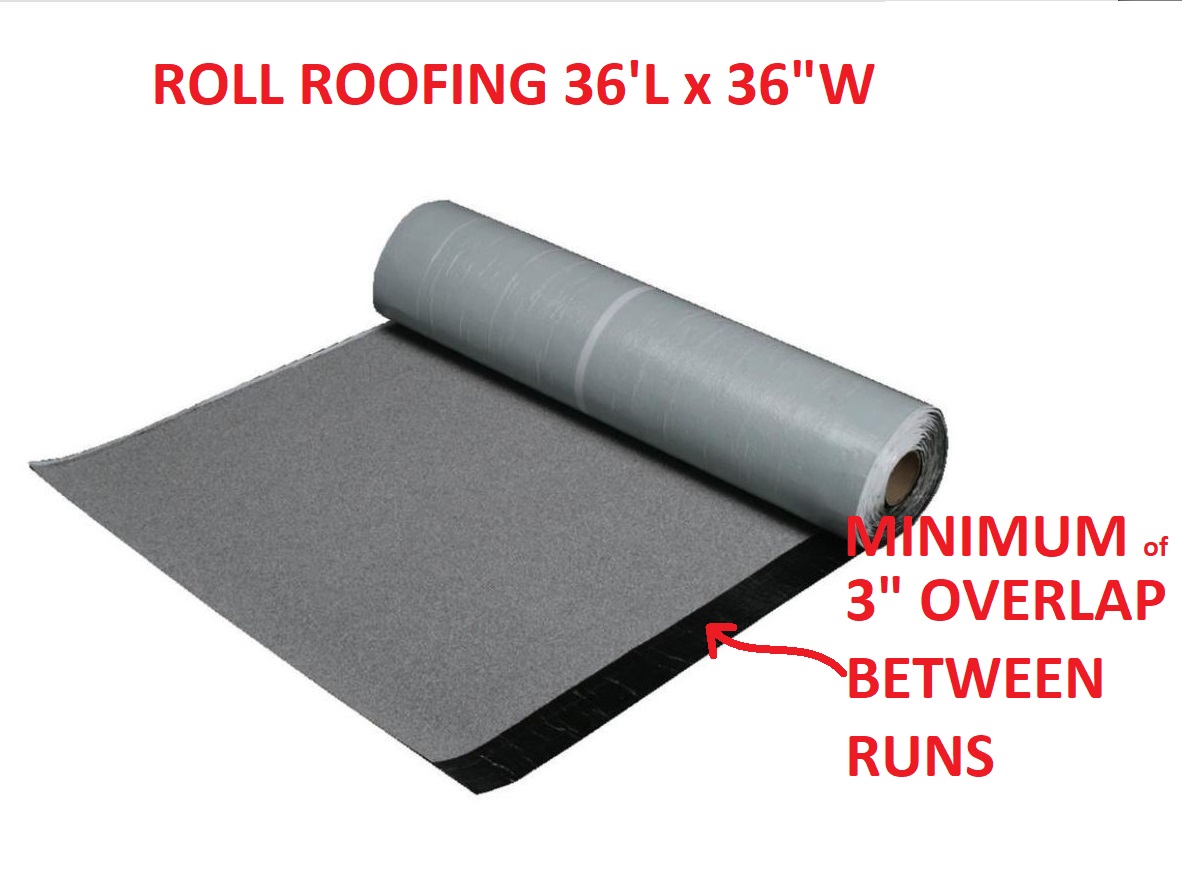Fiberglass Tar Paper Flat Roof

Traditionally most flat roofs in the western world make use of tar or asphalt more usually felt paper applied over roof decking to keep a building watertight.
Fiberglass tar paper flat roof. It is so widely used because it is one of the best papers for sealing cracks seams and nail holes. Just enough slope to drain water but also flat enough to be a problem if not constructed properly. Once made of tar paper these types of roofs gradually are using more advanced materials such as fiberglass membranes. Once the tar is applied tar paper can be carefully placed on top of the hot tar using a mop to sink the paper into the asphalt.
This repair uses a solvent bas. The felt paper is in turn covered with a flood coat of bitumen asphalt or tar and then gravel to keep the sun s heat uv rays and weather off it and helps protect it from cracking or blistering and degradation. Built up roofing bur was the most common type of flat roof before modified bitumen and membrane roofing were developed. Gaf tri ply 3 ft.
A bottom layer or two of insulation board multiple intermediate layers of tar or asphalt alternated with layers of roofing felt and a top layer of gravel. Of course flat roofs are not flat but have a very slight roof pitch of between 1 4 to 1 2 per foot. Roofing felt also known as tar paper is probably the most common type of roofing paper. Many home builders use roof tar when constructing a flat roofed house.
Using a fiberglass mop a professional will apply tar in small smooth strokes. In this video we will be taking a look at a flat roof repair that will cover large areas or the whole roof if you need it to. Bur consists of many layers. Ft 75 base sheet membrane roll for low slope roofs.
It also offers great protection for the wood or other roofing material it covers and it can be used under any type of roofing material. Roofing felt prevents the deck from being exposed to the elements before or while the shingles are being applied.


















